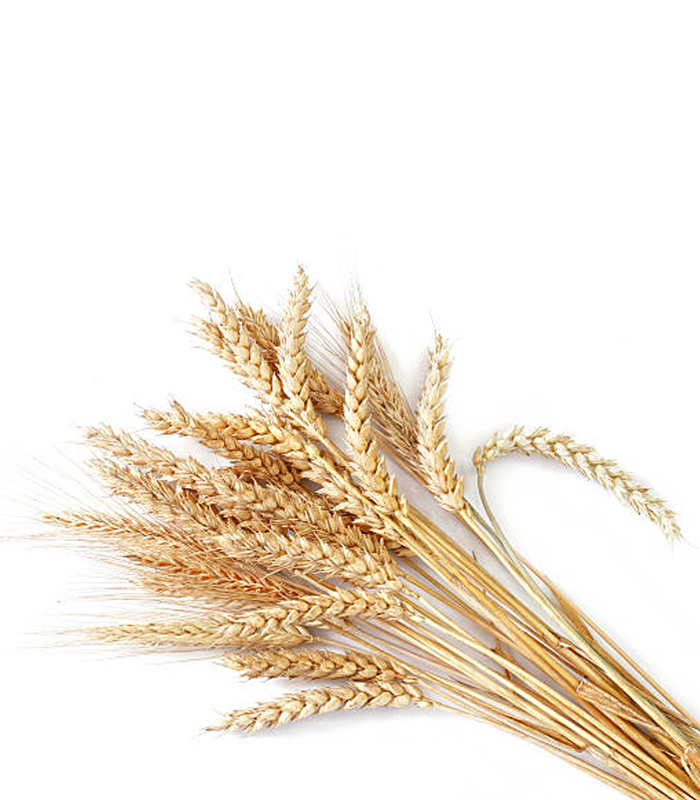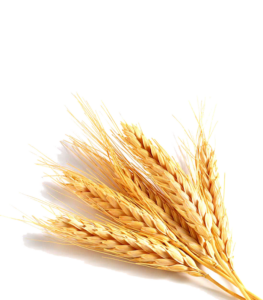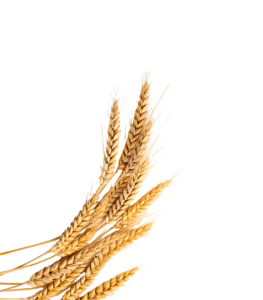Triticale
Triticale is the cross product between wheat and rye. The goal of creating and improving triticale is to produce a grain with yields similar to or higher than wheat, with increased production potential under adverse conditions (soils of moderate fertility, low temperatures) and improved biological value of the product.
Sowing
The sowing season starts from early October to mid-January. An important factor in choosing the sowing time is the weather conditions. Because mainly cereals are grown in dry fields or the crop cannot afford irrigation, early sowings in autumn combined with a lack of water lead to problematic seedlings. The sowing distances are approximately 2 cm plant to plant within the row and 12 cm row to row depending on the capabilities of the thresher. Sowing depth 3-5 cm. Sowing deeper than 9cm results in poor germination and uneven planting. Ideal number of plants for a maximum production of 500,000 plants per hectare. The seed should be disinfected and sown shallower than other grains. The amount of seed required should be between 7-12 kg/sq.
Climate
Triticale grows best in cold environments and high altitudes (up to 2600m) where they compete with and usually outperform wheat. Triticale is also more efficient than wheat at low altitudes, provided relatively low temperatures prevail. High temperatures during first growth cause abnormalities and eventual reduction in yields. Conversely, high growth rates have been observed even when nighttime temperatures approach freezing. The resistance of triticale to the cold is significant and lags behind a little compared to the more resistant varieties of rye. Compared to wheat, they lag behind in resistance to high temperatures. Initially, it was a long-day plant, which received a lot of growth and delayed its maturation in conditions of a short photoperiod. However, varieties relatively indifferent to the photoperiod have also been developed, which, if found under long day conditions, twin a little and produce short ears. It is therefore important to know the photoperiod requirements of the various screenings and varieties.
Diseases
The spread of triticale cultivation in recent years has caused the emergence of infectious strains of various pathogens, resulting in particular disease problems. The diseases that affect the triticale crop are the following:
- Employment
- Skoriases
- Helminthosporosis
Harvest
The right time is when the seed moisture is at 14% with combine harvesters, in June and in the most mountainous areas in July. Triticale varieties are 1-2 weeks later than wheat. Delayed harvest can result in damage from wind, rain, hail, seed shaking. Also, late harvesting can result in seed germination on the cob, particularly in high humidity conditions. Harvesting with seed moisture greater than 14% can be done, but requires drying of the seed for safe storage.
Παρακαλώ επικοινωνήστε μαζί μας με τους παρακάτω τρόπους



